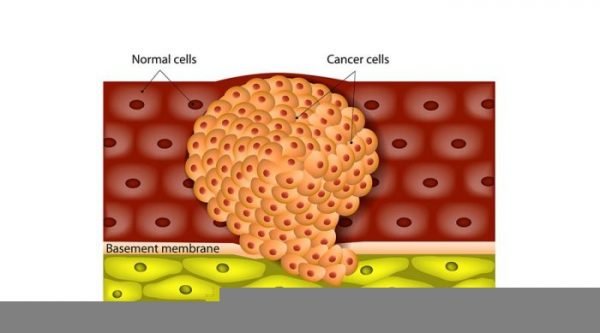ABOUT CYBERKNIFE TREATMENT
CyberKnife treatment is non-surgical treatment for cancerous or non-cancerous tumors, by using image guidance software to locate tumors and deliver high doses of radiation to the target area of treatment.
CyberKnife treatment can be used anywhere in the body such as the brain, lung, prostate, pancreas, liver, and spine. It is non-invasive treatment which does not involve surgery or making any incisions. The treatment is typically performed on patients with inoperable tumors, on surgically complex tumors, or used as an alternative to surgery.
The difference of CyberKnife treatment and radiation therapy, is that CyberKnife treatment does not require surgery, whereas radiation therapy is often performed in conjunction with surgery. CyberKnife treatment also reduces the amount of radiation therapy used and is normally carried out over several days, usually in 1 to 5 sessions, making the time scale a lot quicker and more efficient than with radiation therapy.
CyberKnife treatment is incredibly precise, using software and imaging techniques, it locates the tumor and delivers radiation to the specific area, meaning the radiation delivered to surrounding areas of the tumor is minimal.
Patients will need to attend follow up appointments after treatment, to monitor the success of the treatment. In addition, cancer patients will need to have CT (computerized topography), MRI (magnetic resonance imaging), or PET (positron emission tomography) scans every few years, in order to ensure that the cancer does not return. The results from the treatment vary with each patient.
Recommended for
- Inoperable tumors
- Surgically complex tumors
- Patients who are too high risk for surgery
TIME REQUIREMENTS
- Number of days in hospital: 1.
Patients can usually leave shortly after the treatment, but require additional sessions.
- Average length of stay abroad: 1 weeks.
- Number of trips abroad needed: 1.
Patients may need to attend follow-up appointments to monitor the results of the treatment.

HOW TO FIND QUALITY TREATMENT ABROAD
BEFORE CYBERKNIFE TREATMENT ABROAD
Before the treatment begins, the patient will have a high resolution CT scan or MRI scan, in order to clearly establish the location of the tumor. The doctor will then devise a treatment plan and this information, along with the CT images, is transferred to the CyberKnife.
Patients with complex conditions may benefit from seeking a second opinion before beginning a treatment plan. A second opinion means that another doctor, usually an expert with a lot of experience, will review the patient’s medical history, symptoms, scans, test results, and other important information, in order to provide a diagnosis and treatment plan. When asked, 45% of US residents who received a second opinion said that they had a different diagnosis, prognosis, or treatment plan.
HOW IS IT PERFORMED
The patient will be asked to lie down on the treatment bed and the robotic arm from the CyberKnife will rotate around the body.
Once the tumor has been detected by the CyberKnife, the robotic arm will deliver high doses of radiation through beams directed at the tumor from various angles.
The treatment lasts from 30 minutes to around 90 minutes and does not cause any pain. The patient is monitored by doctors during the process from a neighboring room.
Procedure duration
The CyberKnife Treatment takes 30 to 90 minutes.

IMPORTANT THINGS TO KNOW ABOUT CYBERKNIFE TREATMENT
Potential risks
- Minimal damage to surrounding organs/tissue
- Brain swelling (patients who have treatment on the brain)















